The content of the article
Mangold is also called leaf beet, unpretentious and extremely useful root crop has won the recognition of adherents of proper nutrition. According to its characteristics and chemical list of substances, chard can compete with spinach, Chinese cabbage, white cabbage, celery and other crops of this type. Therefore, more and more people are wondering what value they will extract from systematic reception. Let's try to figure it out together.
What is chard
Despite the fact that "beets" is not famous for such a strong popularity among average families, it is necessary to consider the useful qualities from the very definition of a vegetable.
Chard belongs to the Amaranth family, a biennial herbaceous plant is considered a relative of the common beet.There are several types of chard, among them schnitt and stem.
Root crops are presumably harvested in mid-summer and continue this process until the onset of the first frost (November, December). If you cut the leaves often, then the harvest will be vast.
If winter is mild, there is no need to dig up the roots of the earth. Already in the second growing season, chard will delight you with a harvest at the very beginning of spring. Beetroot stem type can reach a diameter of 5 cm, petioles in their taste are similar to asparagus.
Thanks to the slyness of breeders today, chard of various colors can be found on the shelves, so dishes based on it are useful and beautiful.
The stalks are not suitable for consumption in raw form, they must be blanched, cooked or stewed beforehand. Some people like to fry boiled chard in breadcrumbs in butter. Petioles are often added to vegetable stews and soups.
The second type of beetroot is chives. It is otherwise called Roman cabbage and consists of a set of leaves collected in the outlet. The relief structure looks gorgeous, considering that the sheet size can reach 40 cm.Leaves can be dark green or light green, have red edges and stripes.
In order to preserve all the most valuable qualities of chard stem or sheet, it is necessary to freeze raw materials for the winter. Then you save the maximum substances and can strengthen the immune system during the period of beriberi.
Chard consumption
On the leaves they cook salads, cabbage rolls and snacks, cook soups and cabbage soup. Mangold in petioles is not consumed fresh, it is pre-boiled, steamed or stewed. Some pickled beets, like tomatoes or cucumbers.
Chard Composition
We dealt with the peculiarities, but the main thing in the chard is its chemical list of substances. After all, the benefits that can be obtained from frequent consumption depends on this. So, as part of chard a lot of dietary fiber, ash, water, protein, carbohydrates. Low in fat.
From mineral compounds emit manganese, zinc, potassium, iron, sodium, calcium, selenium and copper.There are in the composition of omega-acids, vitamins of different groups. Among them is to provide vitamin PP, vitamin K, carotene.
Chard is rich in ascorbic acid, which stimulates the immune system and protects against viruses. The product has a lot of tocopherol, vitamins of group B, retinol.
Chard Benefits
- Considered root has a fairly low calorie. In addition, the vegetable has an impressive amount of valuable substances and various enzymes. Mangold is considered an indispensable product for weight loss and diet food.
- If you systematically eat a root vegetable, you will provide the body with a constant supply of antioxidants. Thanks to this feature, the liver is not attacked by toxic compounds. Significantly improves the immune system.
- Chard is recommended to include in the diet of people who suffer from diabetes. Vegetable reduces the level of glucose in the blood. In addition, frequent eating of the product will help stabilize the reproductive system. Root is recommended for women with menopause.
- The plant copes well with iron deficiency anemia.Also strengthened skin cells, slowing the aging process. Mangold has a positive effect on bone tissue, fully strengthening it. Vegetables are recommended to be consumed as a prophylactic against osteoporosis and beriberi.
Chard in traditional medicine
- The root crop gained its popularity back in ancient times. Due to the unique and valuable composition of vegetables successfully used in traditional medicine. Despite all the positive qualities, the reception of chard should be limited. Uncontrolled eating vegetables can lead to health problems.
- As for the beneficial qualities, the fresh leaves of the plant are considered an excellent cure for severe headaches. Raw enough to attach to the head for a while. To cope with quinsy and diseases of the respiratory organs, a decoction of petioles and leaves should be used.
- Freshly squeezed plant juice perfectly stops bleeding. For this it is necessary to bandage the wound tightly and pour it with beet juice. It is important to know that chard contains a large concentration of potassium, iron, calcium and phosphorus. A decoction of beets helps to overcome anemia in a short time.
- Also, a decoction based on the product does an excellent job not only with vitamin deficiency and iron deficiency, but also with tumors. Systematic consumption of decoction will help to quickly recover from bone fractures. Mangold is often used to correct problems with sleep, increased irritability and neurasthenia.
- Sheet beets in traditional medicine is used in the form of a diuretic, anti-inflammatory and wound-healing agent. To achieve maximum benefit from the leaves of the plant is preparing a decoction. To make it, you need to mix 0.5 liters. water and 50 grams. raw materials. Boil the ingredients on the steam bath for 12 minutes.
Contraindications chard
- Mangold still has a number of contraindications that you need to know. There are no perfect healthy products. Be especially careful of the plant if you suffer from gallstone or urolithiasis.
- The problem is that there is a high concentration of oxalic acid in beets. It crystallizes and aggravates the pathology. Also, do not lean on the product with thrombophlebitis, increased blood clotting and varicose veins.
- Chard contains beta-carotene, which increases blood viscosity.As a result of the neglect of recommendations, you can face big trouble. With the inclusion of the product in the diet should not forget about the possible individual intolerance and allergic reactions.
Mangold is also called reverse beet due to its peculiarities. But, despite the irony, the vegetable will bring a person only a positive impact, if properly used. It is necessary to take into account prohibitions to receive and properly prepare raw materials.
Video: chard or leaf beet - useful properties

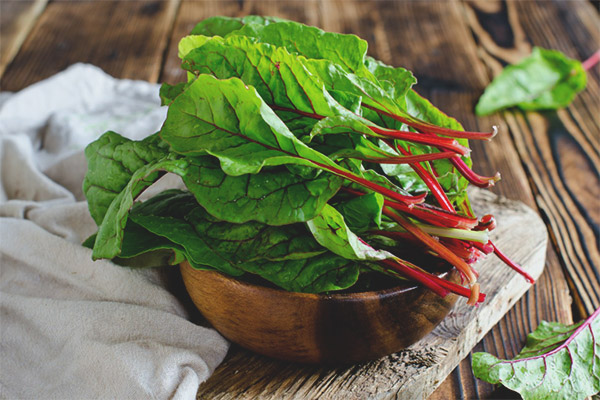
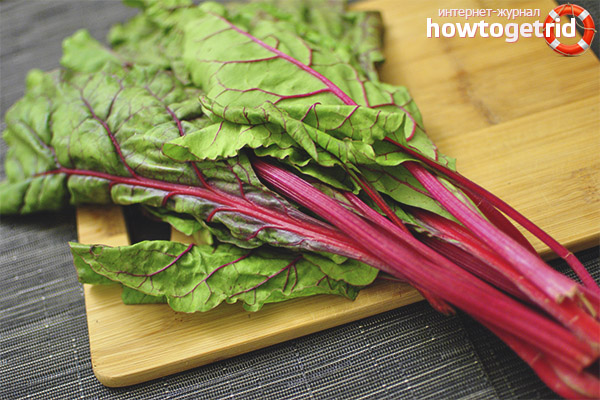

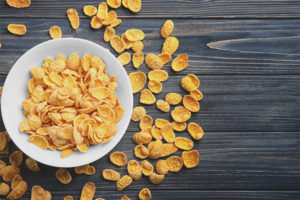


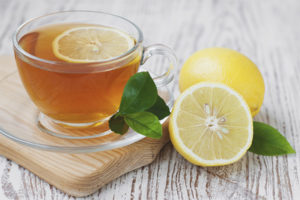
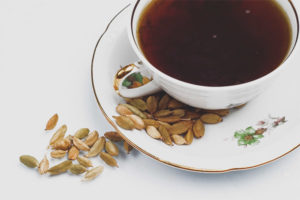
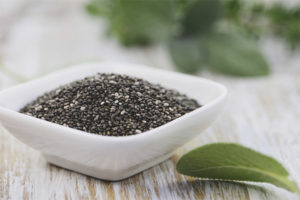
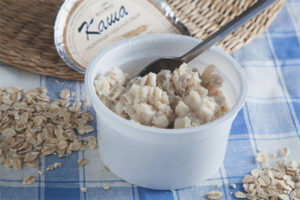
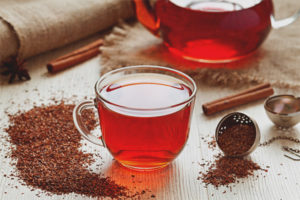
To send